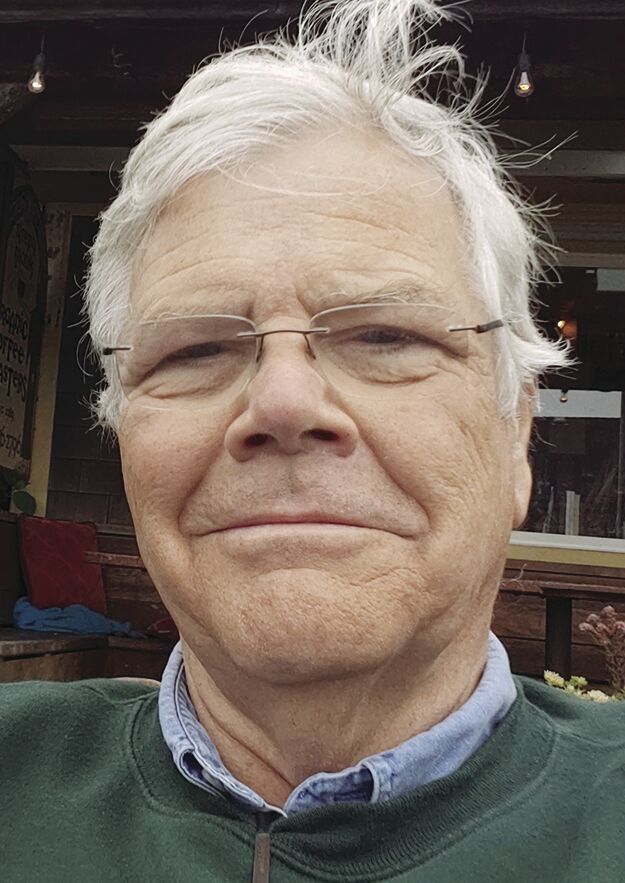OPINION: The problems of one-party rule in this state can be solved with a very Oregon reform
Published 11:44 am Monday, June 19, 2023

- Rick Gray Jr.
In a recent guest column, I laid responsibility for many of Oregon’s political discontents — including the “Greater Idaho” movement and Senate Republican walkouts — at the feet of Portland Democrats. In that piece I suggested that — whether acting deliberately, or simply following instincts common to politicians — Portland’s Democratic elites have monopolized power in a vast, diverse state in which they cannot claim to represent even one-third of citizens.
They have done so by leveraging the power of Portland’s progressive voters within Oregon’s majority party. In statewide Democratic primaries, Portland voters dominate, choosing candidates who — being Democrats — invariably win in November. In both legislative chambers, Portland Democrats dominate their parties’ caucuses. (In the House, for example, 24 of 35 Democratic representatives hail from the Portland metro.) Since caucuses choose the chambers’ presiding officers and committee chairs — and increasingly, recruit candidates and provide campaign funds — Portland Democrats dictate the legislative process.
Inevitably, most Oregonians – including Democrats from outside the Portland metro – are essentially disenfranchised. The resulting sense of impotence and voicelessness in Greater Oregon has become a problem which demands solutions.
The mechanism of Portland’s political leverage operates in a thoroughly undemocratic manner. The tail wags the dog. But how could balance be restored, giving all Oregonians a voice?
Around the world, many democracies elect their legislatures using parallel voting – a system I first encountered in 1980, while visiting a voting precinct in West Germany. Germany’s system has grown more complex since reunification, but the essential idea is quite simple, as was the heading of the ballot I saw that day: “You have two votes.”
In parallel voting, half of a legislative body’s members are elected from single-member districts. Your first vote is cast for an individual candidate to represent your district. Let’s call that Column A. Nothing new here.
The novel feature of parallel voting appears in Column B, where you cast your vote for a party slate to represent a large region. Regional seats are allocated by proportional representation, with each party gaining seats according to its percentage of the total vote.
For purposes of illustration, imagine that Oregon’s House of Representatives was elected by parallel voting. Thirty of the 60 Representatives would be elected from single-member districts. The remaining thirty Representatives would be elected from three equally populous regions. One region might contain Portland and its inner suburbs; the second, rural Eastern and Southern Oregon; the third, the North Coast, plus Salem and Portland’s western suburbs. Each region would elect 10 members. Parties – major and minor – would nominate slates of up to 10 candidates.
At election time, you, as a voter, would be entitled to cast two votes. In Column A, you would vote for an individual candidate to represent your district. In Column B, your vote would be cast for a party slate. After all votes were counted, each slate would receive one seat for each 10% of the total vote it received in your region. (Leftover seats would go to slates with the highest “remainder” vote – a simple, mathematical process.)
The advantages of this system?
First, since only 10% of the vote would be needed to gain a regional seat, every region of Oregon would – almost certainly – elect a few members from its second-largest party. Moreover, third parties – with a realistic chance of gaining 10% in a region – could recruit stronger candidates and work seriously toward that goal. With parallel voting, Portland would elect at least two Republicans – and possibly a Green candidate. Rural Oregon would elect at least two Democrats, and maybe a Libertarian. In Salem, both party caucuses would include Representatives from parts of the state presently unheard-from – encouraging greater intraparty dialogue and lessening geographical polarization.
Second, with only 10% of the vote necessary to elect a regional representative, virtually every Oregonian would be represented by someone he or she actually voted for.
Finally, nothing in parallel voting is inconsistent with another popular reform – ranked-choice voting, which is being used in three Oregon counties. In fact, the two reforms would complement one another.
This proposal is, admittedly, a lot to absorb at one reading. Change is never easy. But Oregon – a state once nationally respected for political innovation and bipartisan cooperation – might find, in parallel voting, a way back to its finest traditions.




